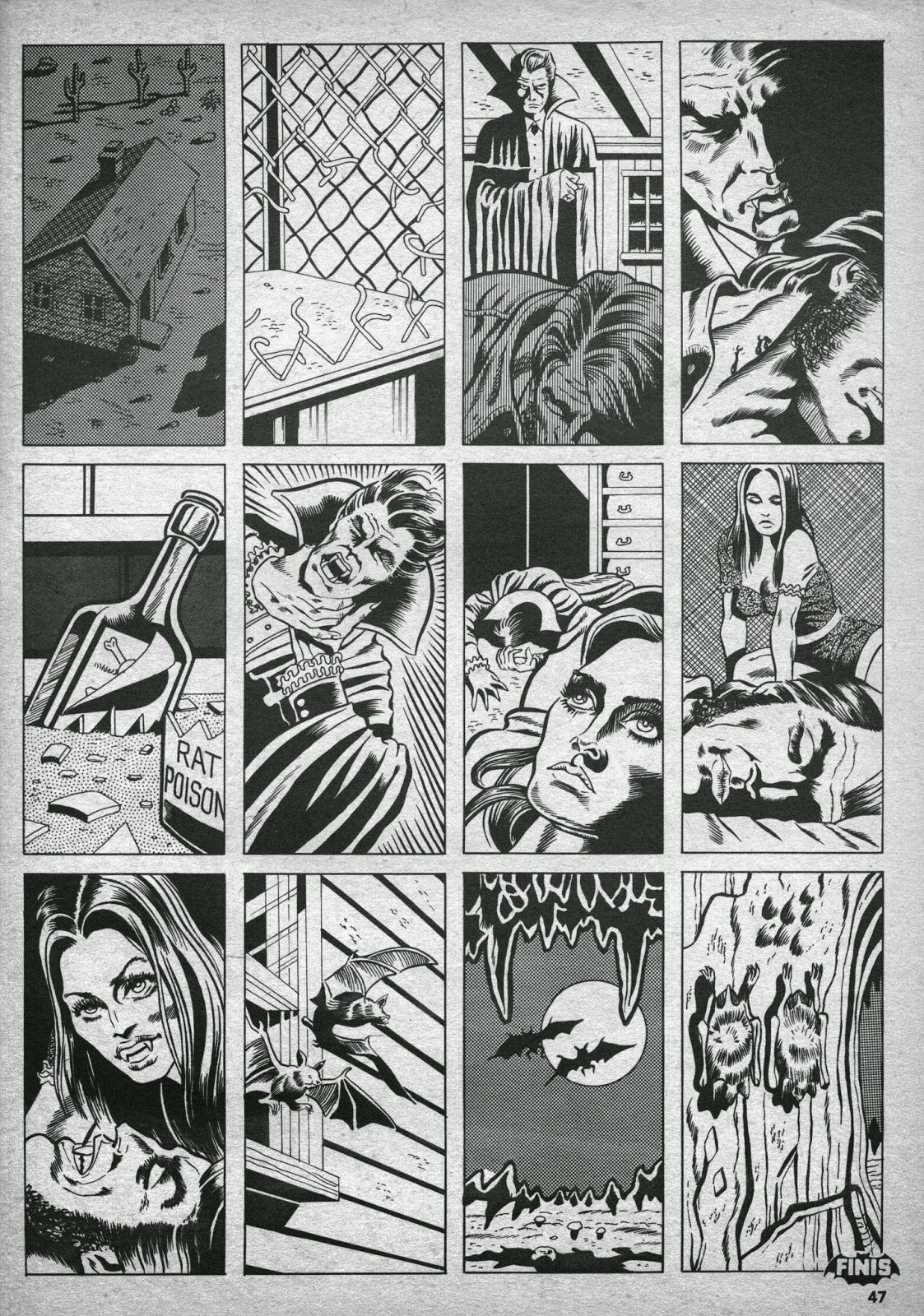2 / 5 Stars
‘The Forbidden Tower’ (364 pp) was published by DAW (book No. 256) in September, 1977. The cover artwork is by Richard Hescox.
This is the third of the ‘Darkover’ novels I have read and by now I am well aware that these novels are primarily melodramas, that focus on the interrelationships of a set of characters who usually are gifted with telepathy, and other extrasensory abilities.
Battles between fleets of spaceships, life-and-death struggles with alien invaders, intrigues involving rebellious mutants, and other elements of ‘action’ – oriented sf are not ingredients for Darkover novels.
Even with this qualification in mind, I found ‘The Forbidden Tower’ to be a weird cross between a sci-fi novel, and the vintage 1969 film about wife-swapping, ‘Bob and Carol and Ted and Alice’……. !
‘Tower’ is a sequel to Bradley’s 1974 Darkover novel, ‘The Spell Sword.’ The four main characters from that novel are present; these are: Andrew Carr, a Terran marooned on Darkover; his newly acquired girlfriend Callista Lanart, gifted telepath (or ‘Keeper’), and daughter of Don Esteban, leader of the Alton Clan; her sister Ellemir Lanart; and Damon Ridenow, longtime friend to Don Esteban and the Alton Clan.
Most of the narrative takes place within the confines of Armida, the Castle stronghold of the Alton Clan, and deals with the psychodrama attendant to Callista’s decision to marry Andrew…..a decision complicated by the fact that her training as a Keeper has left her frigid (?!). Andrew gallantly agrees to withhold acting on his Manly Desires, until such time as Callista can overcome her condition and participate in conjugal bliss as a truly Sensuous Woman.
For an sf novel written in 1977, ‘Tower’ shows the influences of the New Wave approach, and thus, the plot is primarily concerned with the ‘inner space’ of the four lead characters, and the complex mental pathways through which they communicate their emotions and intentions. This inevitably leads to much overwrought prose and contrived drama.
There are a few side-plots that, thankfully, intrude now and then to lend some momentum to the main plot. One of the side-plots involves treachery on the part of a clan member; another revolves around an increasingly bitter dispute with the overlords of the telepathic communication nodes that have been misappropriated by Damon and his friends. The conflict generated by this latter dispute serves as the grist for the novel’s climax, which, unfortunately, is underwhelming.
Summing up, ‘The Forbidden Tower’, like the other two Darkover novels that I have read, is really only going to be embraced by dedicated fans.

















































































